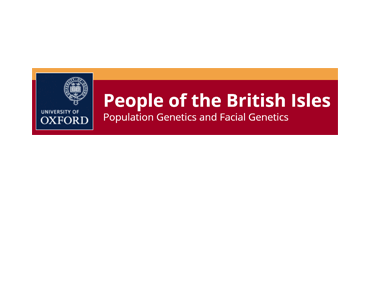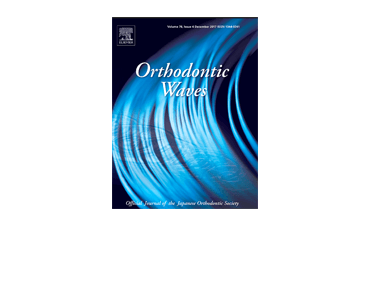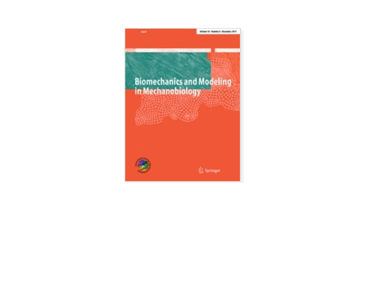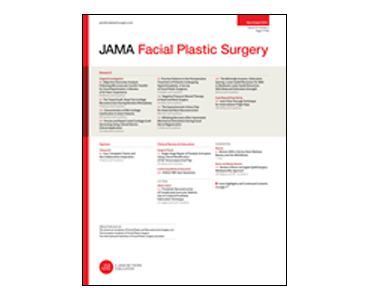Comparison of an unsupervised machine learning algorithm and surgeon diagnosis in the clinical differentiation of metopic craniosynostosis and benign metopic ridge. MJ Cho, RR Hallac, M Effendi, JR Seaward, AA Kane.
Date: April 2018. Source: Scientific Reports, Volume 8, Article number: 6312. Abstract: Metopic suture closure can manifest as a benign metopic ridge (BMR), a variant of normal, to “true” metopic craniosynostosis (MCS), which is associated with severe trigonocephaly. Currently, there is no gold standard for how much associated orbitofrontal dysmorphology should trigger surgical intervention. In…









